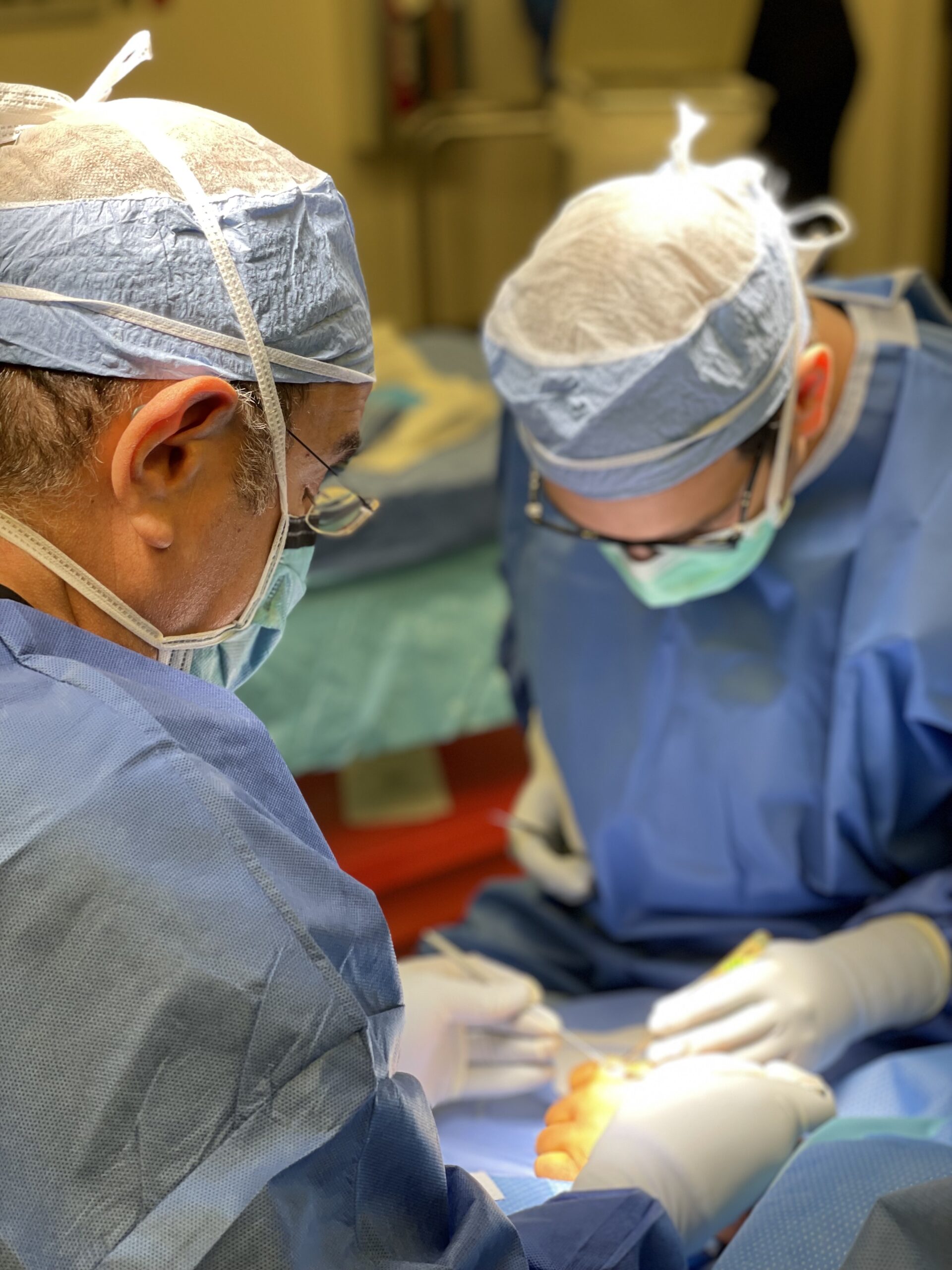What is a neurofibroma?
A neurofibroma is a tumor from an overgrowth of nerve cells and is located on the sheath, or tissue that surrounds the nerve for protection. They are benign tumors and can be found on any nerve of the body. They can appear as scattered raised bumps on any area of skin.
What are the types of neurofibromas?
The nerves in different areas of the body provide specific functions. Therefore neurofibroma symptoms vary on the location of the tumor.
-Cutaneous (dermal): these tumors are on the skin surface, or just underneath, and appear as bumps or lumps in the skin. These tumors can grow large and be irritable with itching and tenderness.
-Diffuse: While these neurofibromas are also within the skin, it is in the deeper layer, not the superficial surface. Diffuse neurofibromas can appear as a soft raised lesion.
-Intramuscular: These neurofibromas cause pain as they grow on the nerves in the muscles. Diffuse neurofibromas can be classified as plexiform neurofibroma if it affects the nerve plexus. When this occurs, there is a bump or deformity on the skin.
-Spinal: These tumors occur on the peripheral nerves that branch out from the spinal cord, and cause weakness, pain, numbness, or tingling. Most of these symptoms only occur if the neurofibroma is compressing the spinal cord or spinal nerves. Spinal neurofibromas can also be classified as plexiform neurofibromas if it affects the spinal nerves. These symptoms can include difficulty walking, weakness, or changes in bowel or bladder function. A plexiform neurofibroma also affects surrounding tissue, including = connective and muscle tissues. Rarely, the neurofibroma can grow large enough that it can cause scoliosis.

